UDEM Students Propose Redesign of Plaza Acuario with an Ecological and Educational Focus
 Credits: archivo UDEM
Credits: archivo UDEM
- Three students from Universidad de Monterrey proposed a redesign for Plaza Acuario in Veracruz in their project titled “Acuariofilium: fusion between human and aquatic habitats. Proposal for the Transformation of Plaza Acuario in Veracruz”. The proposal was developed as their Final Evaluation Project to graduate from the Architecture program.
A group of students from Universidad de Monterrey proposed a comprehensive transformation of Plaza Acuario in Veracruz, not only to recover a deteriorating urban space but also to help reconnect the community with its cultural and natural identity.
Their proposal advocates for an innovative architectural design that revitalizes the area, enriches the visitor experience with an educational focus, and ensures optimal conditions for marine life under human care.
The project, titled “Acuariofilium: fusion between human and aquatic habitats. Proposal for the Transformation of Plaza Acuario in Veracruz”, was developed by Isabel Aguilar Muslera, María Fernanda Lorenzo Contreras, and Ana Luisa Salazar Lara, under the guidance of Professor Manuel Muñiz Pinzón. Their research was submitted as part of their Final Evaluation Project for their Architecture degree at UDEM.
The students worked on this proposal during the Spring 2025 semester, applying urban analysis and sustainable design methodologies to offer a functional, ecological, and socially relevant solution for the city of Veracruz.
REDESIGN TO REVITALIZE THE AREA
The proposal consisted of replacing the current plaza with a new aquarium that would occupy the entire space and provide an immersive, educational, and environmentally focused experience. The students concluded that this transformation would help the community reconnect with its marine and cultural environment.
Throughout the process, the researchers validated their hypothesis through direct observation, interviews with experts and users, as well as analysis of international cases. They detected physical, social, and functional pathologies of the site, and proposed a contextual solution based on biophilic and sustainable architecture.
During the development of Acuariofilium, Isabel Aguilar Muslera explained that one of the central concerns was the physical state of the current building. They identified severe structural damage attributable to humidity and salinity typical of the coastal environment.
It's very likely that the entire steel structure of the building is already corroded, there´s moisture, the paint looks bad, there are many cracks,” she detailed about the pathologies that evidence the general deterioration of the facility.
The team also gathered opinions from local vendors, who revealed that the space lacked air conditioning, an essential element in the Veracruz context. This directly impacted commercial activity, aggravated during the pandemic.
"They've told us that air conditioning no longer exists, here in Veracruz it's essential, due to lack of maintenance, many stores closed," added Aguilar Muslera.
Isabel emphasized that the recent facade intervention did not solve the underlying problems. The transformation proposed by the students included not only an architectural redesign, but the complete replacement of the building.
"A facade intervention was made, but (inside) it remains the same; you can clearly see that it's like a patch instead of solving the problem from the root," she stated.
ARCHITECTURE FOR HUMAN-MARINE CONNECTION
The design incorporated materials resistant to salinity and architectural flows that respect both the natural conditions of the site and its social dynamics. It also proposed demolishing and recycling the existing building to make way for a more adaptable and conscious structure.
The graduates argued that the aquarium should stop being a merely recreational space to become a habitat for learning and environmental awareness. Acuariofilium reinterpreted the aquarium typology, integrating architecture and biodiversity in a unique experience.
The proposal contemplates replacing Plaza Acuario with a new aquarium with tourist and economic potential, considering that the current facility generates more than 125 million pesos annually. The cost of remodeling the building is over 300 million pesos.
"We proposed to demolish the plaza, since repairing a building of this nature has an approximate cost of 18,000 pesos per square meter," Aguilar maintained.
In terms of design, the proposal was inspired by the principle of non-invasive architecture and the use of materials adaptable to the environment, such as copper, which forms a protective layer over time.
"We propose making a copper roof, it oxidizes and ends up being a bluish color, like the Statue of Liberty," she explained, relating this transformation to the symbolic fusion between sea and city.
The project also included a landscape vision that prioritized community use of the space. They proposed a central plaza at a lower ground level, with shade and accessible areas for pedestrians and homeless people.
"Currently, many street vendors are found in the area and don't have a dignified space; what we're doing is using this site to open it to the community," she noted.
Likewise, they proposed integrating a dock for fishermen and boat operators, who currently lack appropriate infrastructure, thus promoting the inclusion of local actors.
"We propose generating a dock for this community and people who don't have a place to park their boats," she detailed.
On the ecological front, the project incorporated a marine conservation center and a space for the repopulation of the olive ridley turtle, an emblematic species in Veracruz that lacks suitable preservation areas.
“We’re considering creating rooms specifically for the repopulation of the olive ridley turtle,” she said.
A BRIDGE BETWEEN CITY AND NATURE
The result was a proposal that revitalizes the urban fabric, promotes tourism, and strengthens the bond between the city, its population, and the ocean. Acuariofilium not only represented an architectural solution, but a call to redesign the way we inhabit and understand our environment. With this vision, the students demonstrated how design can be a tool for profound transformation for coastal communities.
Isabel emphasized that the proposed aquarium would not just be an exhibition site, but an educational space. Natural habitats were designed replicated through biophilia, with educational areas and observation laboratories.
"The concept is rooted in it being a space for education and promotion; they're not fish tanks, they're natural habitats," she specified.
The now-architect concluded that Acuariofilium responds to an urgent need for the city and that they will seek to share the proposal with state authorities interested in improving public spaces: "we do believe it's a project that is very much needed."
Professor Manuel Muñiz Pinzón emphasized that the project stood out from its early stages by a rigorous methodological approach, supported by solid theoretical foundations that allowed coherent decisions to be made in each phase of the architectural design.
"Their design process stands out for the level of resolution, contextual sensitivity, and conceptual clarity, reaching a graphic and technical standard comparable to international architecture competitions," affirmed the academic advisor.
He also highlighted that Acuariofilium represents a profound reinterpretation of the aquarium typology, by transforming a degraded urban space into an educational and ecological infrastructure with an inclusive and sustainable approach.
"The proposal responds to the physical conditions of the site, social dynamics, and marine biodiversity, and aligns with the principles of universal design and contemporary technical architecture," declared Muñiz Pinzón.

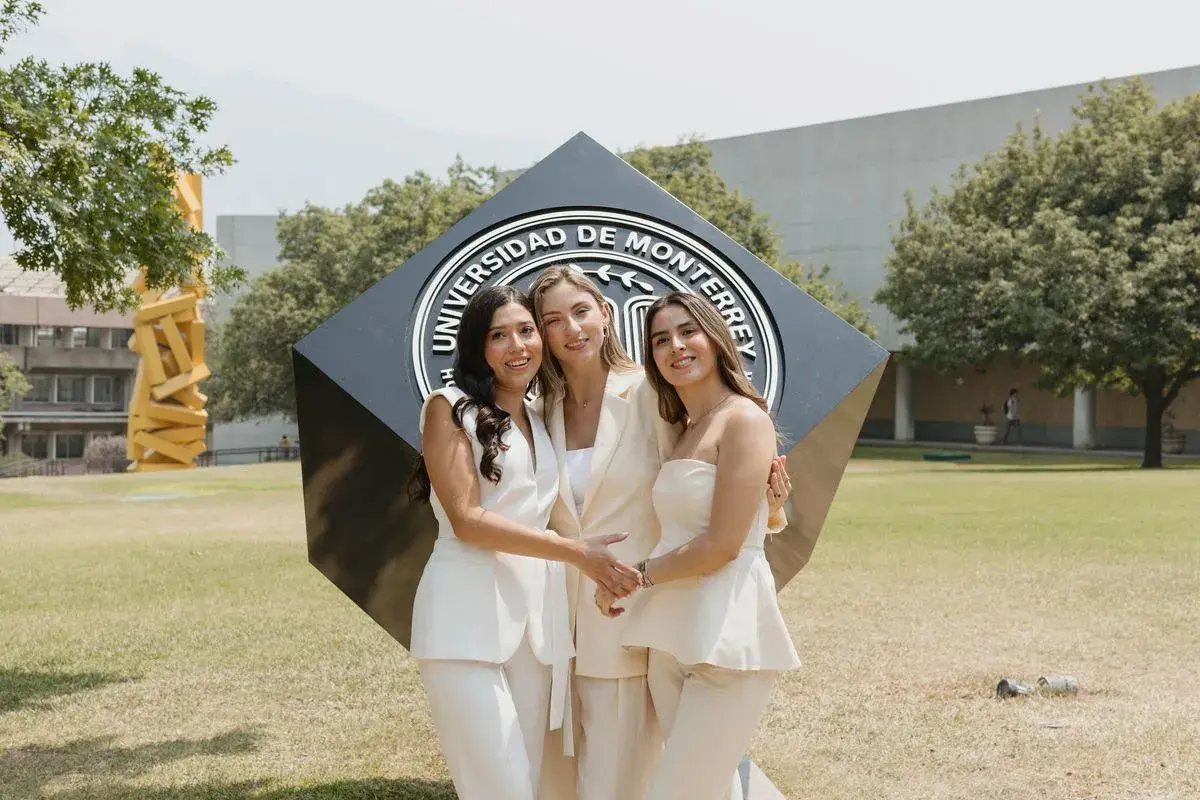

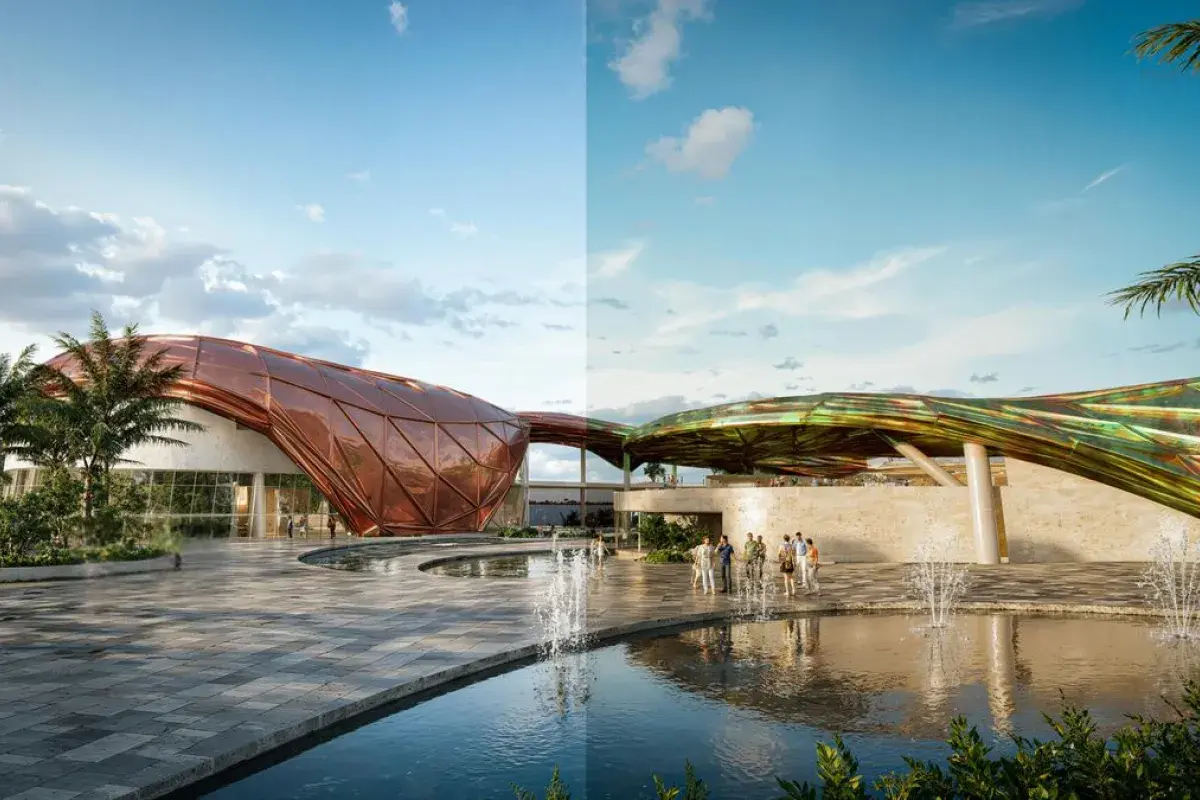
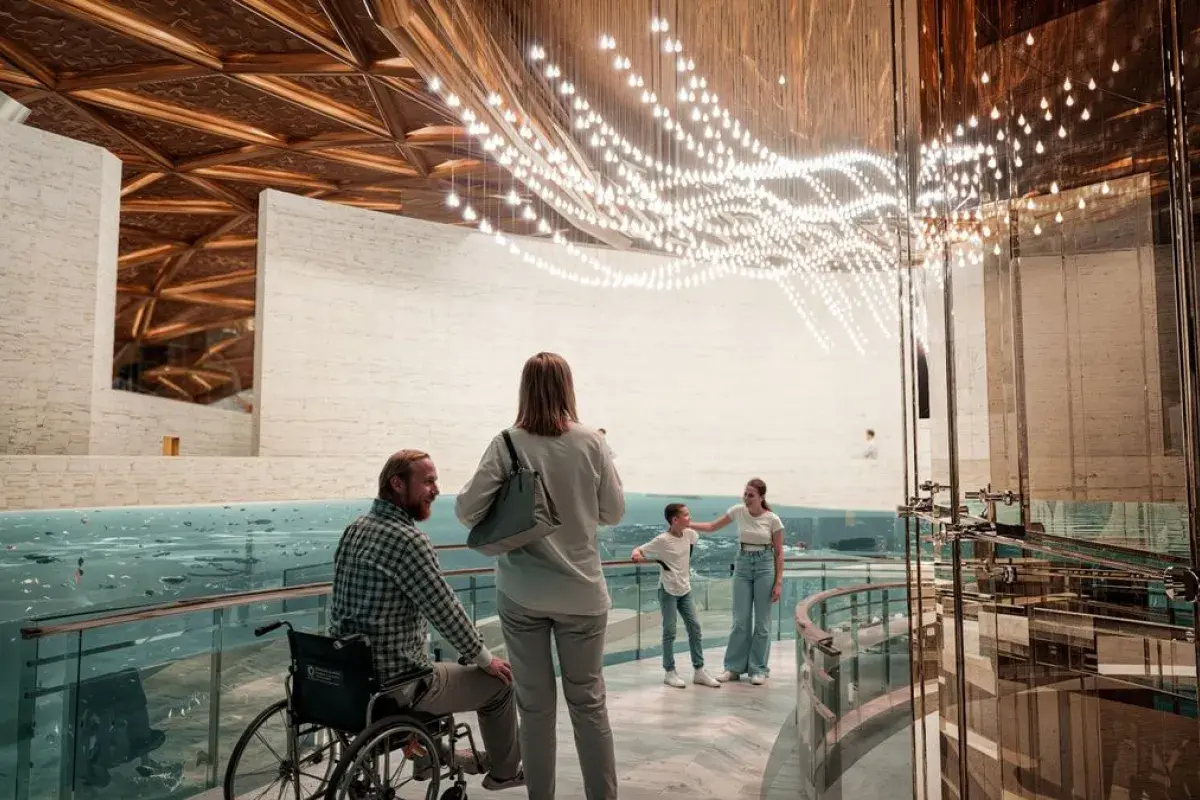
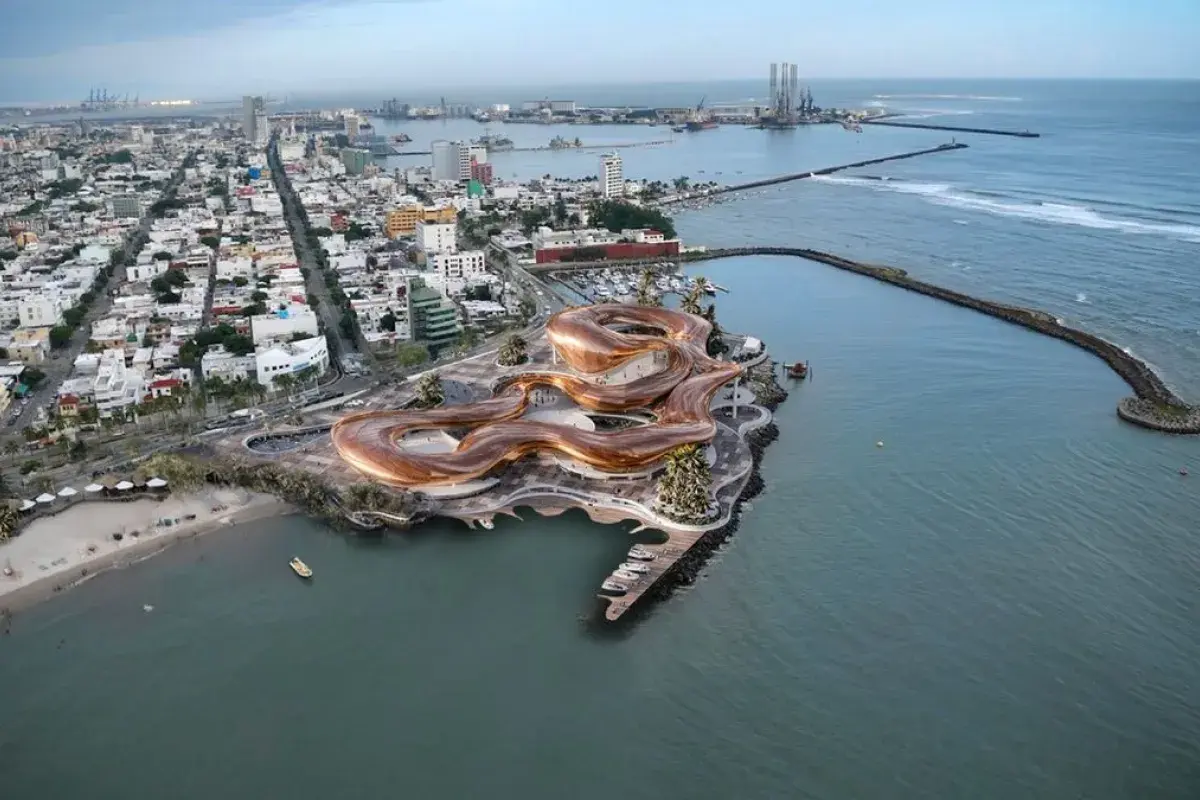
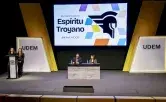

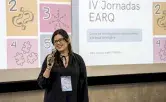
Escribe un comentario